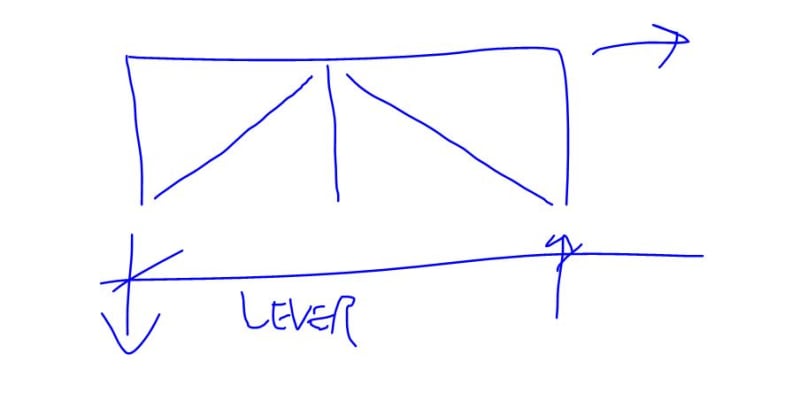UJS
Structural
- Jun 3, 2024
- 3
Hello. I am currently designing a platform for a client who does not want any footing. The column is connected to a base plate and grouted around the plate. I have been getting an uplift of around 24 Kips, while designing with Risa 3D, which does not seem logical. I went with dynamic analysis for seismic, which is giving me such high uplift. I also tried with ELF method and although the uplift is lower, it is still around 16 kips. Is there a way to reduce the uplift to around 9-10 kips?

